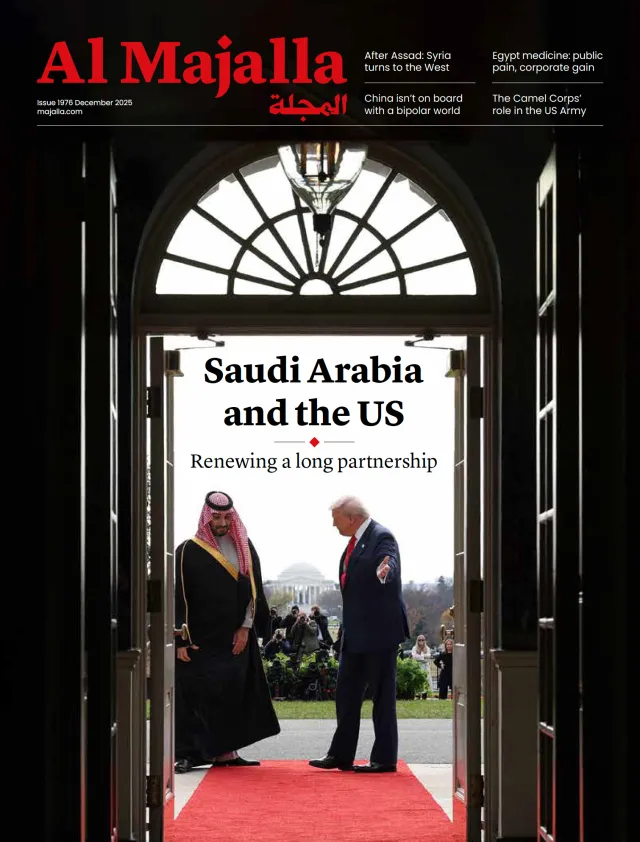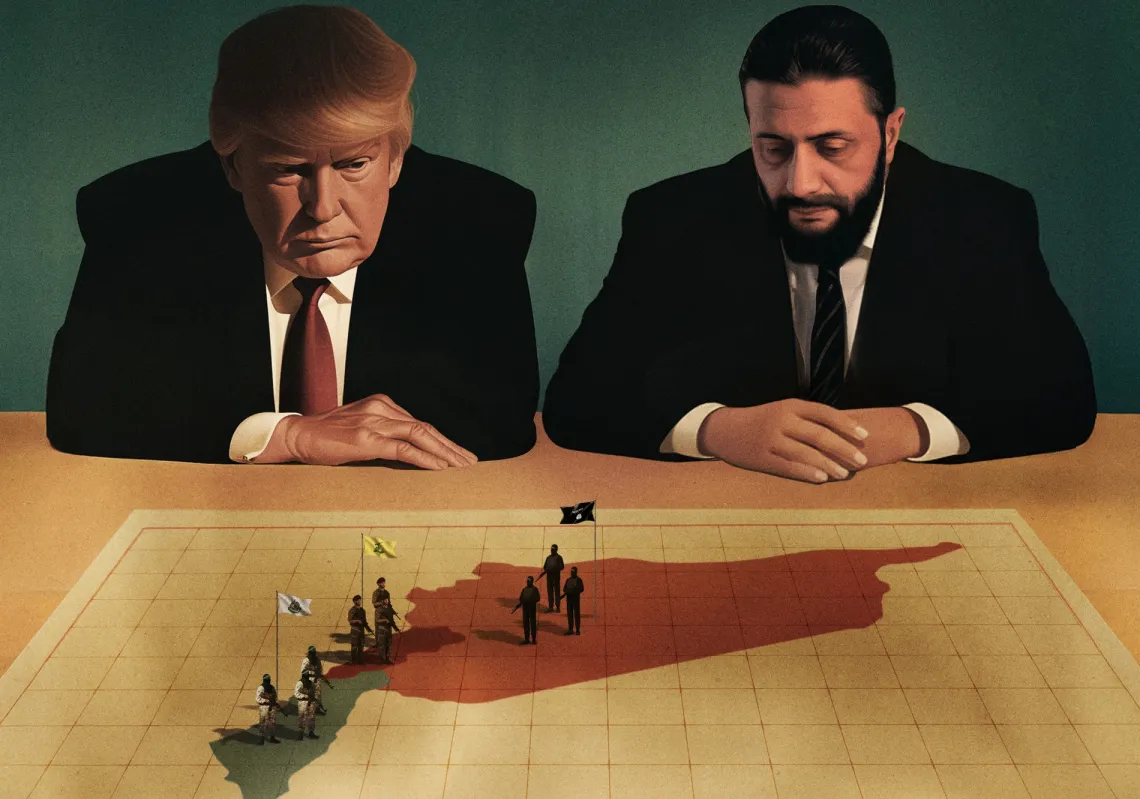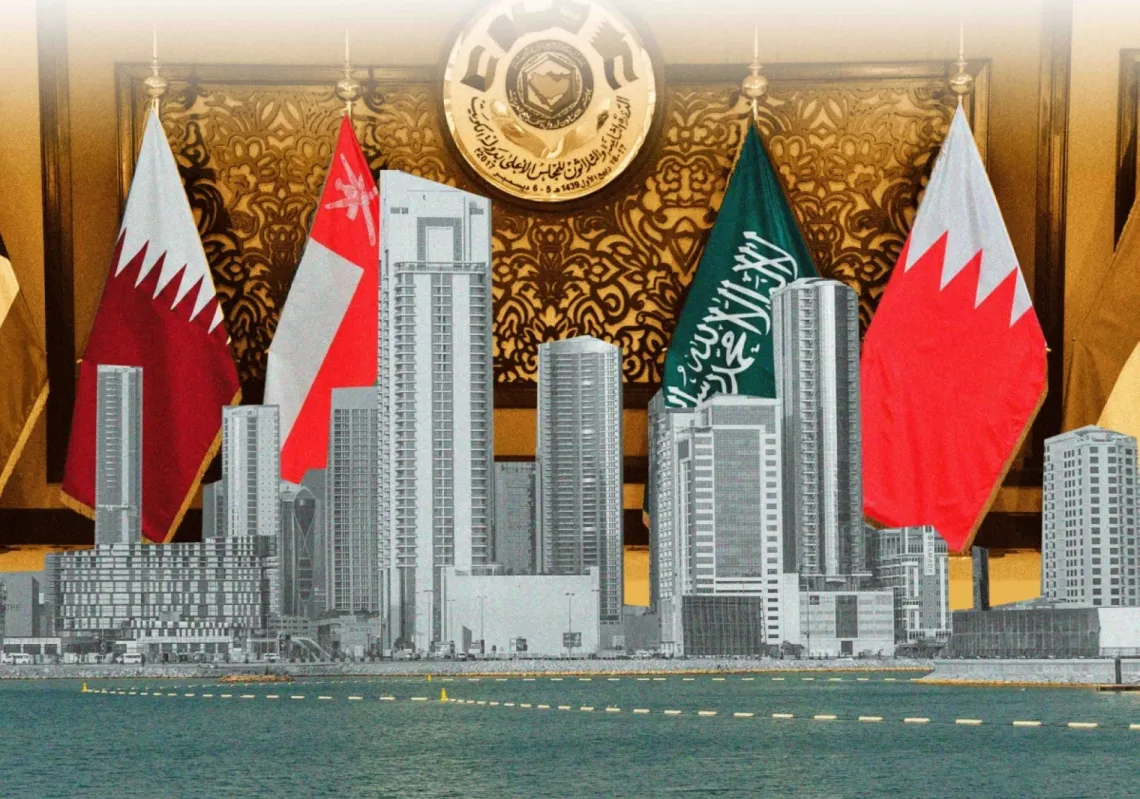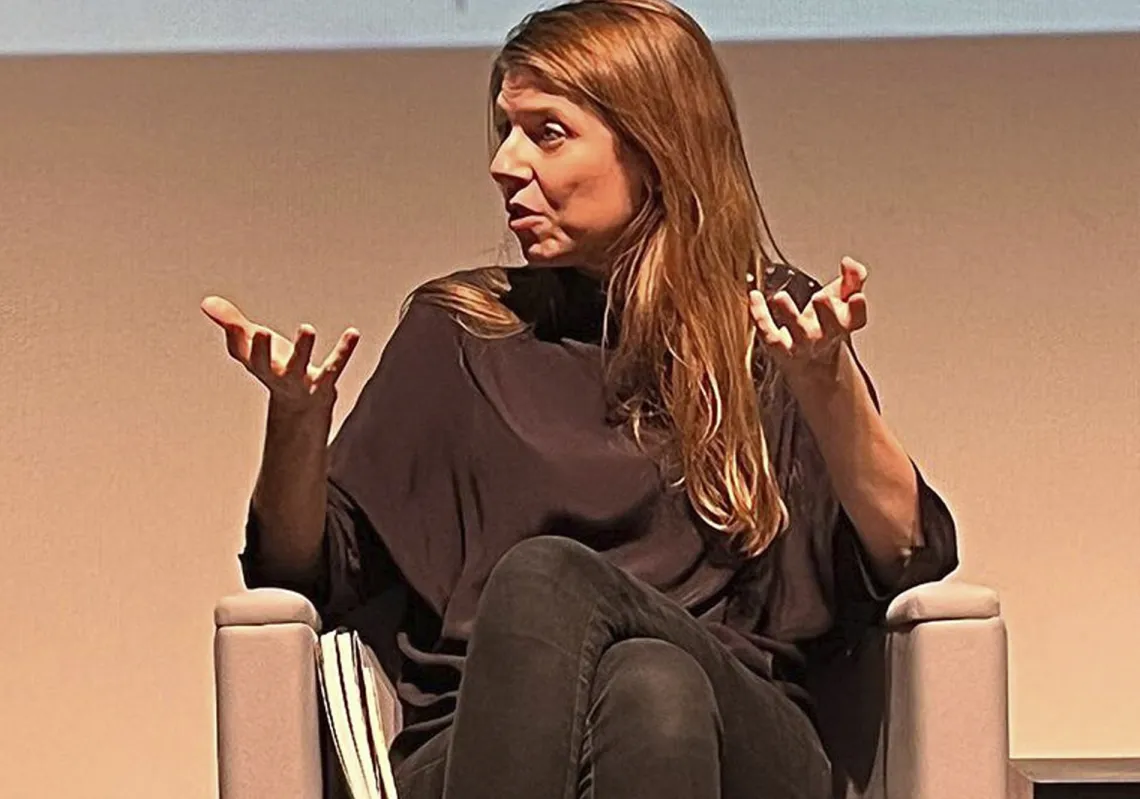Though we’re less than half a year into the second Trump administration, it’s already clear that some things are different this time around, including US President Donald Trump’s apparent desire to seize the mantle of peacemaker and global dealmaker. From Ukraine to Gaza to Saudi Arabia, we’ve seen the White House open channels of communication, engage with adversaries, and tout arms sales and investment deals.
The most consequential of these efforts may well be the administration’s engagement with Iran. During Trump’s first term, he often allowed himself to be swayed by hawkish advisors who promoted a hardline, maximum pressure approach to Iran. This time around, he has another chance to find a pragmatic deal that reins in Iran’s nuclear ambitions and defuses regional tensions.
The stakes are high. The success or failure of Iran talks may well be the best indicator of whether this administration can follow through on its desire to put US foreign policy on a sounder footing. Will it be able to refocus the United States firmly on the challenge from China, or will Trump—like every US president since George W. Bush—find himself sucked into a Middle Eastern quagmire?
Throughout his first term, Trump’s advisors repeatedly told him that if he just increased the pressure on Tehran for long enough, he would be able to secure a “better deal” than former President Barack Obama had negotiated—the 2015 Joint Comprehensive Plan of Action (JCPOA)—whether on the nuclear file or on other issues. This turned out to be entirely wrong. Advisors like Mike Pompeo, John Bolton, and H.R. McMaster pushed Trump toward hawkish policy tools.
The result was a maximum pressure campaign that withdrew from the Obama-era nuclear deal, imposed a series of increasingly draconian sanctions, and engaged in targeted strikes on Iranian proxies—and, in one notable case, on Qasem Soleimani, a senior general in the Islamic Revolutionary Guard Corps. In many ways, this approach encouraged Iranian intransigence, and Iran showed no interest in reopening talks while Trump was in office.

It would take a set of unexpected regional shifts—the collapse of the Assad regime in Syria, the Israeli war in Lebanon, rapprochement between the Gulf states and Iran—to reopen the door to engagement. Today, Iran’s regional position is weaker, and its neighbours in the Gulf are mostly seeking peace. Tehran is eager to see a deal; the timing could not be more perfect for a president who wants to turn pressure into diplomatic results.
But if it is no surprise why Tehran is seeking negotiations, the Trump administration’s motivations are more difficult to understand. After all, many Republicans would be happy to see Trump resume his maximum pressure campaign on Iran—or even engage in military strikes to do so. And though few congressional Republicans would criticise him directly on this point, it’s notable that Republicans in both the Senate and the House have openly called on Trump to pursue an extremely hard line in negotiations, including the complete dismantlement of Iran’s nuclear programme.
At a broader level, however, the administration’s decision to shift toward diplomacy is a vital component of its efforts to put US foreign policy on a better footing and attempt to focus the US military on the Indo-Pacific. Extricating the US military from the Middle East is a clear priority for the administration. Trump, speaking on his recent trip to Saudi Arabia, repudiated the country’s long-standing Middle East policies, noting that “the so-called ‘nation-builders’ wrecked far more nations than they built.” US Vice President JD Vance went further in a recent speech to US Naval Academy graduates, promising the newly commissioned officers that there would be “no more undefined missions, no more open-ended conflicts.”
Their actions mostly back up this rhetoric. In recent months, Trump has mostly resisted assisting Israel in strikes on Iran and its proxies. Indeed, despite an early military campaign against the Houthis in Yemen, the White House was willing to halt strikes in exchange for Houthi concessions on international shipping. Meanwhile, the US Defence Department recently issued interim strategic guidance, a precursor to the National Defence Strategy, which explicitly instructs the military to focus on the homeland and the Indo-Pacific, while “assuming risk” in other theatres.
Iran, in short, is a litmus test of whether the administration is serious about its commitment to strategic prioritisation. Trump would hardly be the first president to fail to reorient US defence strategy in this way; presidents since Obama have been trying and failing to “pivot to Asia.” Even in the first Trump administration, officials promised to focus on great-power competition, but were bogged down in the Middle East, fighting against the Islamic State in Syria and Iraq.

















